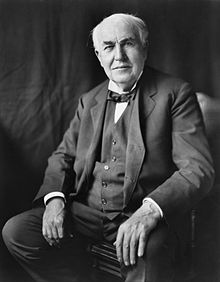Direct Current, or DC, is another fundamental form of electricity that plays an integral role in our lives. Unlike AC, DC electricity flows in one consistent direction, which is beneficial for numerous applications.
The beauty of DC lies in its steadiness. While AC electricity reverses its direction periodically, DC maintains a constant direction of flow, making it ideal for certain uses.
Direct Current (DC) is an electrical current that maintains a consistent direction.
This means that in a DC circuit, the flow of electrons is constant and does not change direction.
DC doesn't have a frequency like AC, as it maintains a steady flow.
DC power is commonly used in low-voltage applications such as charging batteries, electronic devices, and electric vehicles.
The concept of DC is linked to Thomas Edison,

Edison was one of the pioneers of technology in the late 19th century. Today, DC powers many of the small electronic devices we rely on every day, such as cell phones, laptops, and electric cars.
DC is typically generated by sources like batteries or solar panels. In a battery, a chemical reaction produces a steady current.
A battery consists of two terminals: a positive terminal and a negative terminal. Electrons flow from the negative terminal to the positive terminal, creating a consistent and steady flow of electricity.
![types of currents types of currents]()
AC, which needs to be stepped up or down for various uses, DC voltage levels are generally maintained constant.
However, DC can be converted to AC and vice versa using devices like inverters and converters, broadening its range of applications.